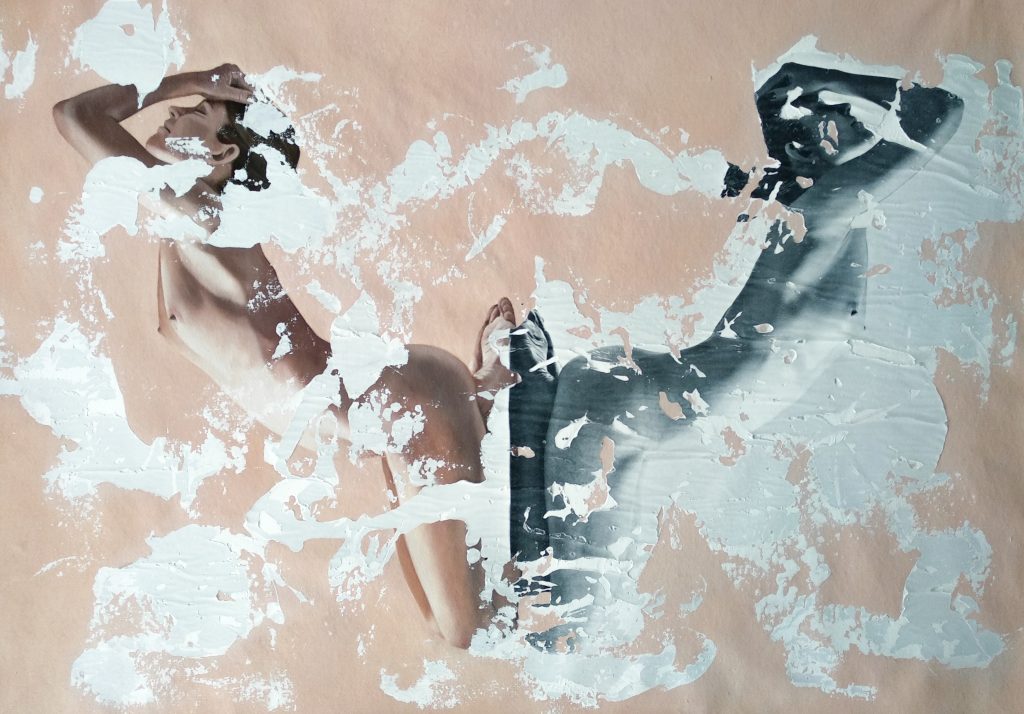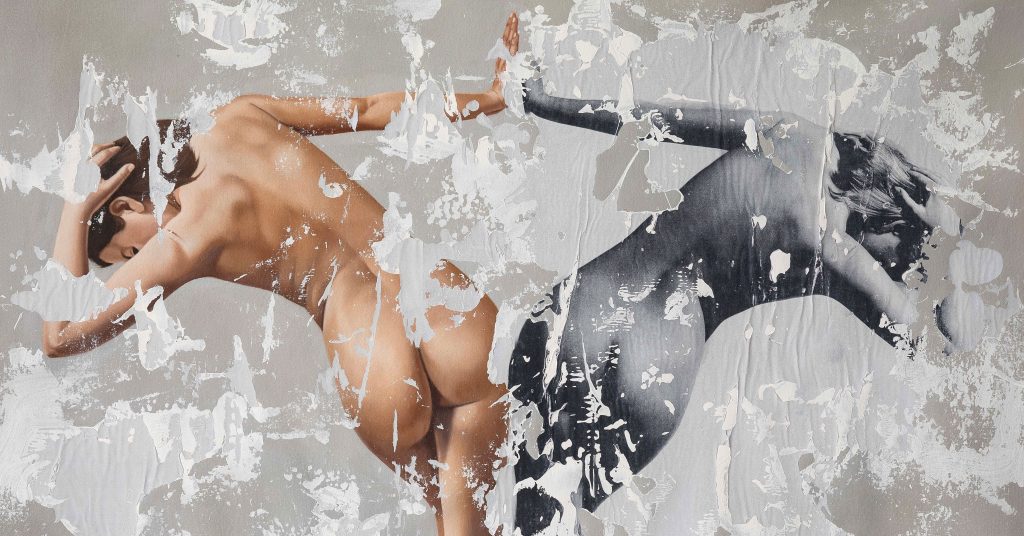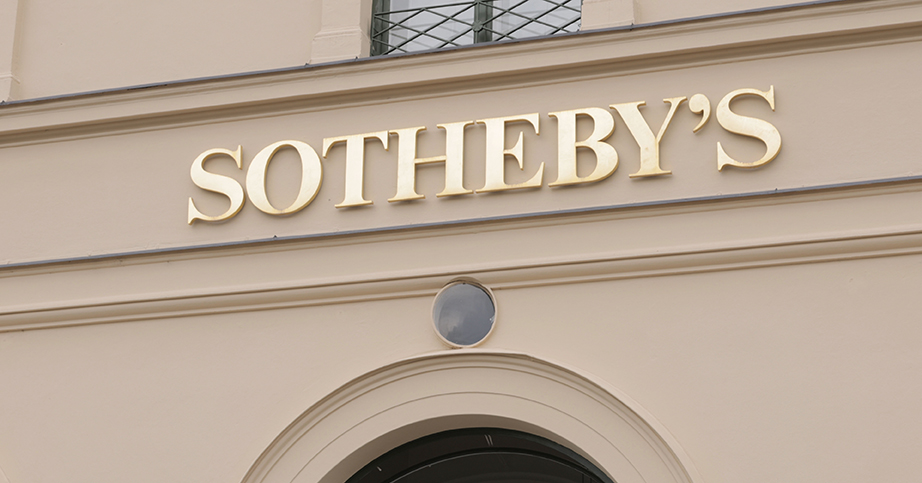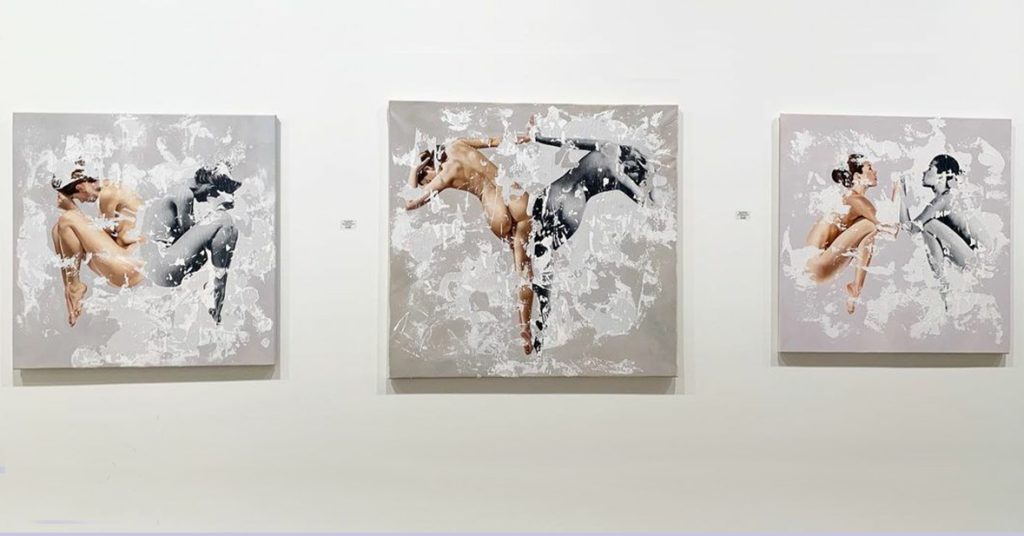
Introduction
Art is a powerful form of expression that has the ability to convey deep emotions, thoughts, and beliefs. For centuries, artists have used their creativity to reflect on the human condition, exploring what it means to be human and how we navigate the world around us. Through their works, artists have captured the joys, struggles, triumphs, and tragedies that define the human experience. One artist who captures this beautifully is Raul Lara, whose neophotorealism style works offer a window into the diverse and multifaceted nature of the human experience exploring a range of themes related to the human condition, from our innermost emotions to the complexities of our identity and relationships. In this article, we will delve into the complex relationship between art and the human condition, examining how art reflects our deepest fears, desires, and aspirations.
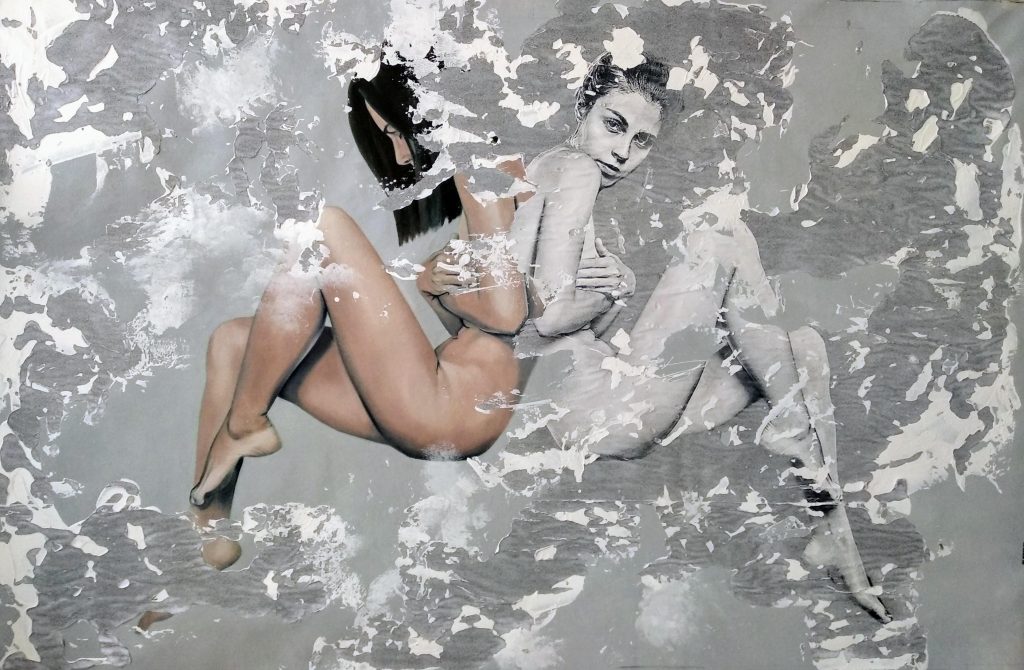

The Intersection of Art and the Human Condition
Art has been a fundamental expression of the human experience throughout history. From cave paintings to modern installations, art reflects the human condition in a variety of ways. The human condition refers to the characteristics, events, and situations that define human existence. It encompasses the struggles and triumphs, joys and sorrows, and everything in between.
Art provides a powerful lens through which to explore the human condition. It allows us to express and examine our deepest emotions, fears, and desires. Through art, we can confront difficult truths about ourselves and the world around us, and find solace in moments of beauty and transcendence.
Ultimately, the intersection of art and the human condition is a rich and fertile ground for exploration, one that has captivated artists and thinkers throughout history. By delving into the complexities of our shared humanity, we can deepen our understanding of ourselves and the world around us, and find new ways of expressing and grappling with the joys and sorrows of the human experience.
The Role of Art in Portraying Human Emotions
Art has always been an important tool for expressing human emotions. From the earliest cave paintings to modern-day installations, art has provided a means for people to express their innermost feelings in a way that words alone cannot capture. Through art, we can explore the full spectrum of human emotions, from love and joy to fear and despair. Whether through vibrant colors, evocative imagery, or striking symbolism, art has the ability to evoke a range of emotions in the viewer, providing a powerful reflection of the human condition.
One such example of art that captures the complexity of human emotions is Raul Lara’s series of paintings called “Fracti”. This series explores the coexistence of light and darkness within us all. In this piece, Lara aimed to capture the complexity of human emotions and the fragility of our existence. By using a combination of image transfer techniques and mixed media elements, he sought to convey a sense of rawness and vulnerability in the painting.
“Fracti” reflects the notion that we are all broken in some way, with scars and wounds that we carry with us throughout our lives. But in this brokenness, there is also strength and resilience.
-


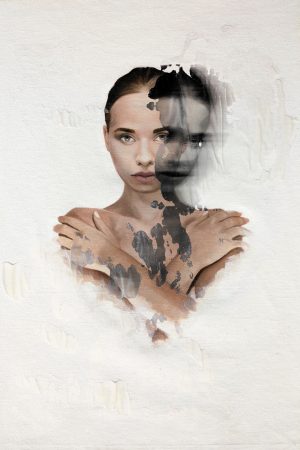 Tempus Fugit V1.659,00 €
Tempus Fugit V1.659,00 € -


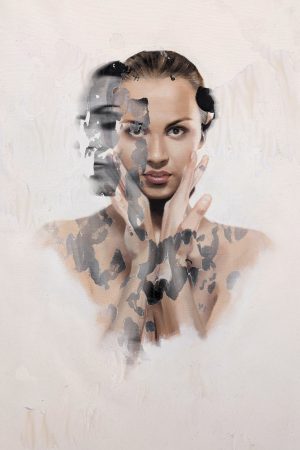 Tempus Fugit IV1.659,00 €
Tempus Fugit IV1.659,00 € -


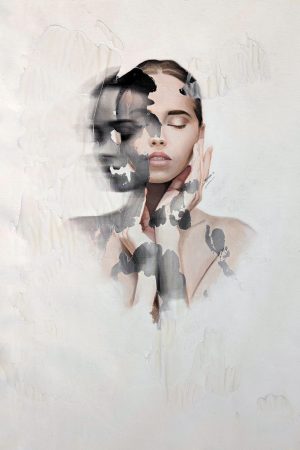 Tempus Fugit III1.659,00 €
Tempus Fugit III1.659,00 € -


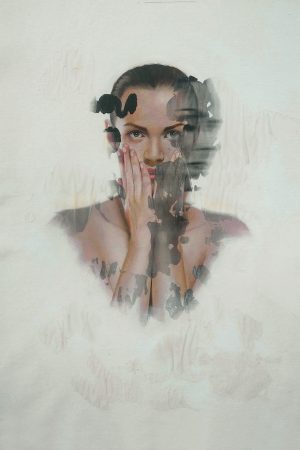 Tempus Fugit II1.659,00 €
Tempus Fugit II1.659,00 €
Art as a Mirror of the Human Experience
Art also serves as a mirror of the human experience, reflecting our collective history, culture, and beliefs. By examining the works of artists from different eras and cultures, we can gain a deeper understanding of the world around us and our place in it. For example, the paintings of the Renaissance period reflect the cultural and intellectual changes that were taking place during that time, while the works of the Impressionists captured the mood and atmosphere of the world they inhabited. Through their art, these artists have given us a glimpse into their world, helping us to better understand our own.
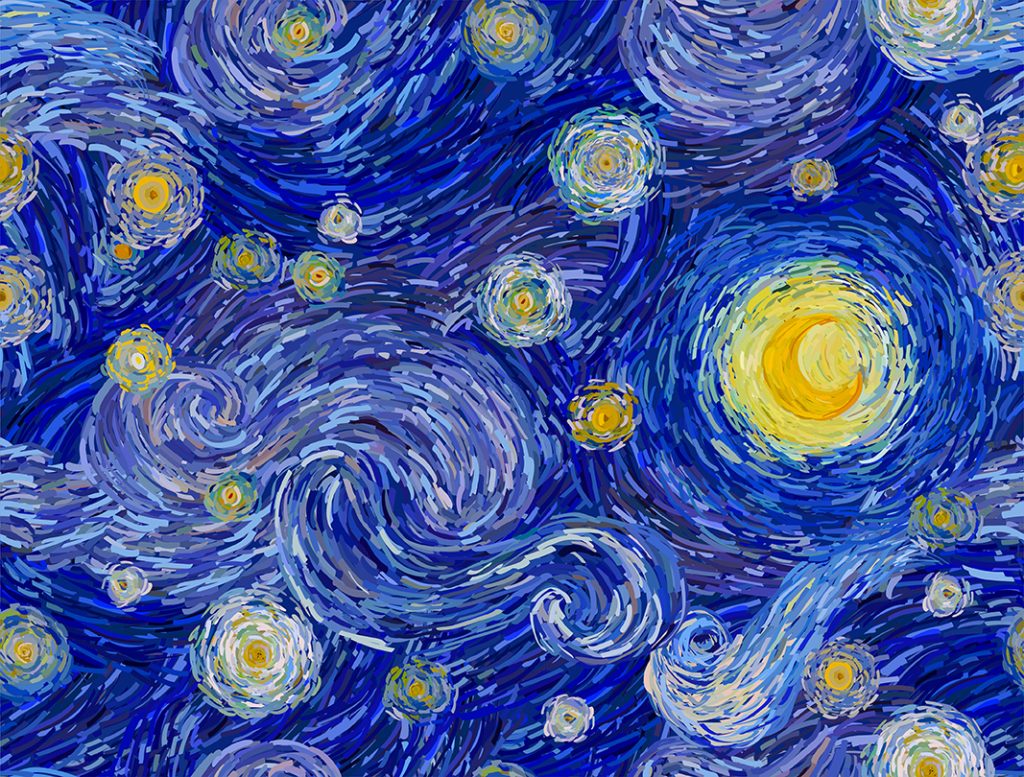

Art and the Search for Meaning
Another way in which art reflects the human condition is by exploring our search for meaning and purpose. As human beings, we are constantly seeking to understand our place in the world and our purpose in life. Through their works, artists have attempted to address these fundamental questions, offering their own perspectives on the meaning of life and the human experience. From the religious paintings of the Renaissance to the existentialist works of the 20th century, art has provided a platform for exploring these deep philosophical questions.


The Universality of Art and the Human Condition
Art is a universal language that transcends boundaries of culture, time, and space. Regardless of where or when a work of art was created, it has the ability to speak to people from all walks of life. This is because art reflects the human condition, touching on universal themes that are relevant to all of us. Whether it is love, loss, joy, or despair, these emotions are experienced by people across cultures and throughout history. Through their art, artists have given us a shared language for exploring the human experience, connecting us to one another in a way that transcends the barriers of language and culture.
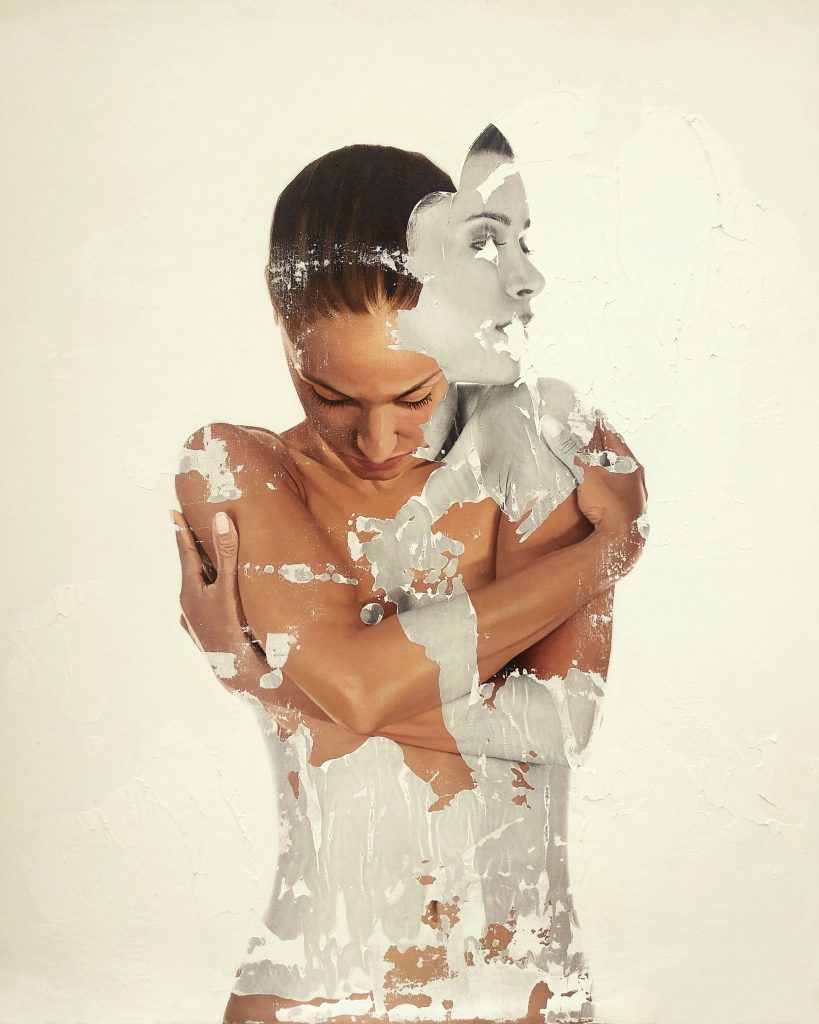

Amplecti Animam
Amplecti Animam talks about the relationship between body and soul, and the interplay between vulnerability and strength.
Furthermore, the artwork shows how art can connect us to one another, regardless of our individual backgrounds. By touching on universal themes such as vulnerability, self-love, and the search for meaning, the artwork invites us to engage in a dialogue with others who may have very different life experiences than our own. In this way, art can serve as a powerful tool for building empathy and understanding, fostering connections that transcend linguistic and cultural barriers.
How Technology Has Transformed the Relationship Between Art and the Human Condition
In today’s digital age, technology has significantly impacted the relationship between art and the human condition. The advent of new tools, techniques, and platforms has revolutionized the way art is created, consumed, and experienced. Here, we delve into the ways in which technology has shaped and transformed the intersection of art and the human condition.
Digital Art and Accessibility
Technology has made art more accessible than ever before. With the rise of digital art, individuals can explore and engage with artistic creations from around the world with just a few clicks. Online platforms, social media, and virtual galleries have democratized art, allowing artists to reach a global audience and enabling people from diverse backgrounds to connect with art that resonates with their own experiences of the human condition.
New Mediums and Possibilities
Advancements in technology have introduced new mediums and tools for artistic expression. Artists can now explore digital painting, 3D modeling, virtual reality (VR), and augmented reality (AR) to push the boundaries of creativity and engage viewers in immersive experiences. These emerging mediums provide unique opportunities for artists to convey complex emotions and narratives, offering fresh perspectives on the human condition.
Collaboration and Community Building
Technology has fostered collaboration and community building among artists and art enthusiasts. Online platforms and social networks allow artists to connect, share ideas, and collaborate on projects regardless of geographical boundaries. This sense of interconnectedness promotes the exchange of diverse perspectives and experiences, enriching the exploration of the human condition through art.
Preservation and Documentation
Digital technologies have played a crucial role in the preservation and documentation of art. High-resolution imaging, 3D scanning, and digital archiving techniques ensure the longevity and accessibility of artworks for future generations. These advancements help capture the intricate details and nuances of artistic creations, ensuring that they can be studied, analyzed, and appreciated in the context of the human condition for years to come.
Expanded Artistic Expression
Technology has expanded the realm of artistic expression, allowing artists to experiment with interactive installations, multimedia presentations, and innovative storytelling techniques. Through the integration of technology, artists can engage viewers on multiple sensory levels, immersing them in narratives that explore various aspects of the human condition. This fusion of art and technology opens up new avenues for creative expression and enhances the impact of artistic messages.
Ethical and Societal Considerations
The relationship between technology and the human condition in art also raises ethical and societal considerations. As technology continues to evolve, questions about privacy, surveillance, and the influence of algorithms on artistic creation and consumption emerge. Artists must grapple with these issues as they navigate the intersection of art and technology, ensuring that the exploration of the human condition remains authentic, meaningful, and responsible.
In conclusion, technology has revolutionized the relationship between art and the human condition. It has expanded artistic expression, facilitated global accessibility, fostered collaboration, preserved artworks, and presented new possibilities for creative exploration. While the impact of technology on art is undeniable, it is important for artists and society to navigate its implications thoughtfully, ensuring that technology serves as a tool for deeper understanding, connection, and reflection on the multifaceted aspects of the human condition.
FAQs
Q: What is the human condition?
A: The human condition refers to the universal experiences and characteristics that are common to all human beings. This includes our emotions, thoughts, beliefs, and experiences.
Q: Why is art important for understanding the human condition?
A: Art provides a unique lens through which we can view the human condition. Through their works, artists have captured the joys, struggles, triumphs, and tragedies that define the human experience, giving us a deeper understanding of ourselves and our place in the world.
Q: Can art help us to empathize with others?
A: Yes, art can be a powerful tool for empathy, as it allows us to see the world through someone else’s eyes. By exploring the experiences of others through art, we can gain a greater understanding and appreciation for their struggles and triumphs, helping us to connect with them on a deeper level.
Q: How does art reflect the diversity of the human condition?
A: Art reflects the diversity of the human condition by representing a wide range of experiences, perspectives, and identities. From traditional cultural expressions to contemporary works that challenge societal norms, art has the ability to celebrate and explore the many facets of human identity and experience.
Conclusion
In conclusion, art is a powerful reflection of the human condition, offering us a window into the world of human emotions, thoughts, and beliefs. Through their works, artists have given us a shared language for exploring the human experience, connecting us to one another in a way that transcends language and cultural barriers. Whether it is through exploring our emotions, reflecting our collective history, or questioning our purpose in life, art has the ability to provide us with a deeper understanding of ourselves and the world around us. As we continue to create and appreciate art, we can gain a greater appreciation for the diversity and richness of the human experience. So, let us continue to embrace the power of art to inspire, educate, and connect us all.

